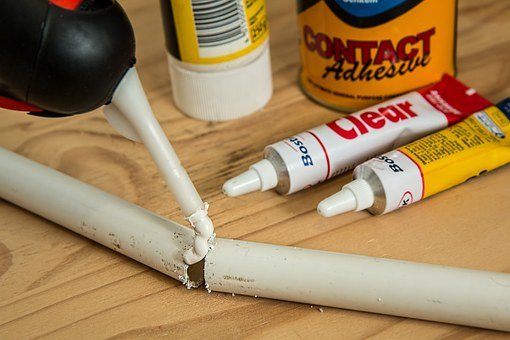Choosing the right adhesive for an engineering project can be the key to the success of that project.
Aa concrete ceiling section fell from the roof of a highway tunnel in Boston, killing a local woman in her car. After extensive investigation, it was found that the epoxy adhesive that was used to secure bolts holding up the ceiling panels was not the right type for the application, and could not adequately hold the weight of the massive ceiling panels.
Adhesives are used in a wide variety of engineering projects, and there is a huge range of adhesives to choose from. Choosing the right adhesive for a job can often be a critical decision that can result in the success or utter failure of a project, or as in the above example, life or death.
Understanding the requirements for a specific application is necessary to select the right adhesive for the job. There are a variety of requirements that an application that may be critical, as outlined in the following sections.
Strength of Bond
As described in the example above, sometimes strength of bond is the most critical characteristic in choosing an adhesive. Depending on how the load is applied to the bond, the factor to look for in an adhesive is either tensile strength or shear strength.
Stiffness or Flexibility of Bond
For some applications, a bond needs to be extremely stiff to maintain positioning, or on the other hand, very flexible to withstand strains in operation. For many applications, including strain gauge applications, the level of stiffness required in the adhesive depends on the levels of expected strain. If this characteristic is the primary constraint in the application, look at the Young’s modulus (E) for the adhesive.
Operating Environment Variables
Environmental variables can include temperature, moisture, and vibration, among other characteristics. Temperature is often the most critical, especially when extreme temperatures (either hot or cold) are required. Fatigue strength, or the ability to maintain strength characteristics after cyclic loading, can also be a critical constraint. For each of these variables, look at the data sheet to understand the working characteristics of the adhesive.
Allowable Curing Processes
Different types of adhesives require different curing processes. Some can cure at air temperature, while others may require elevated temperatures for a period of time. Others require strong UV light for curing.
Some curing methods may not be feasible, especially if the adhesive is used in the field, and outside the controlled environment of a laboratory. Understand the environment in which the adhesive will be applied, and select an adhesive with a curing process that can be used in that environment.
By reviewing and understanding the specific requirements of an engineering application, selecting the right adhesive for the project is a simple, straightforward process.
Source
